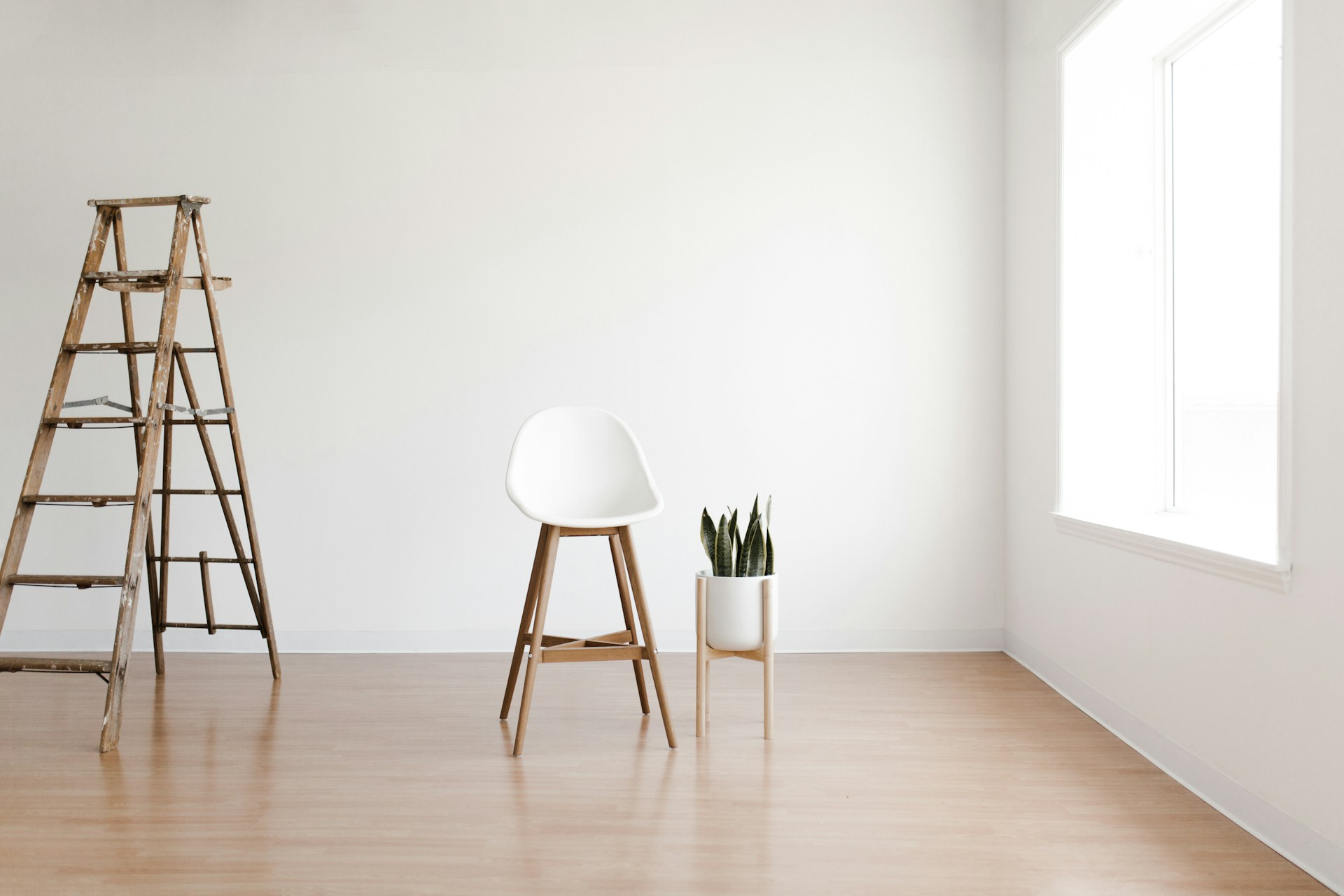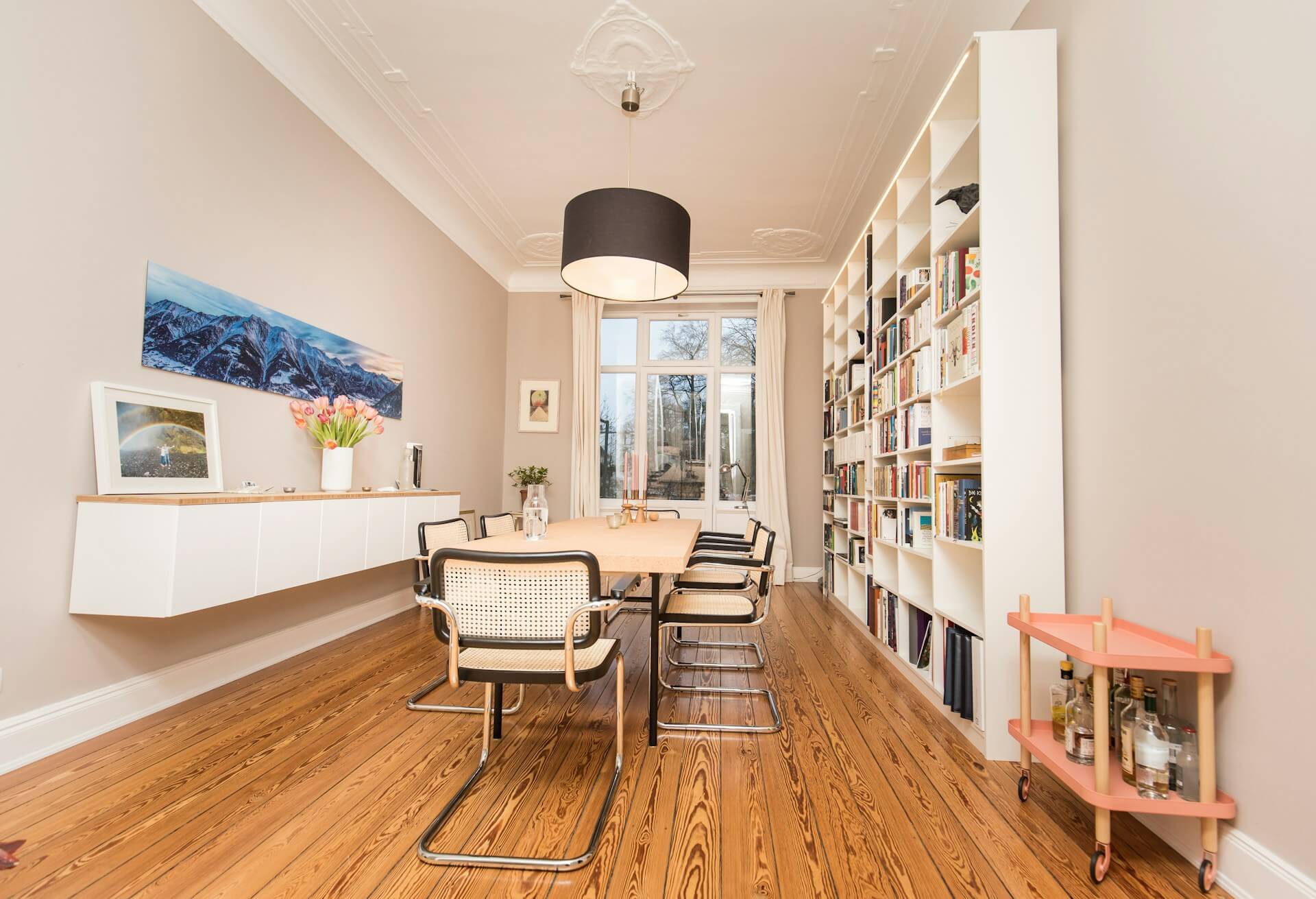Introduction
In the world of home improvement and interior design, the term “floating floor” has become increasingly popular. Unlike traditional flooring installations that are nailed or glued down, floating floors are designed to lay over a subfloor or existing flooring without being directly attached. This innovative method offers flexibility, ease of installation, and a range of material options, making it a favorite among homeowners and professionals alike. Let’s dive into the concept of floating floors, exploring how they work, their benefits, and where they can be best utilized in your home.
What is a Floating Floor?
A floating floor refers to the installation method rather than the material itself. This technique involves the individual planks, tiles, or segments of the floor being attached to each other – either by snapping together with a tongue-and-groove system or by adhering at the edges – but not to the subfloor beneath. The floor “floats” over the underlayment, a thin layer of foam or felt that provides cushioning, sound insulation, and moisture protection.
Types of Floating Floors
Floating floors can be made from various materials, including:
- Laminate: A popular choice for its durability, variety of designs, and cost-effectiveness.
- Engineered Hardwood: Offers the beauty of real wood with added stability and resistance to moisture.
- Luxury Vinyl Tile (LVT) and Planks (LVP): Mimics the look of wood or stone with exceptional water resistance and durability.
- Bamboo and Cork: Eco-friendly options that provide natural beauty and comfort underfoot.

Benefits of Floating Floors
Ease of Installation
One of the most significant advantages of floating floors is the ease of installation. The planks or tiles simply click together, making it possible for DIY enthusiasts to tackle the project without professional help. This installation method also speeds up the process, allowing for quicker room transformations.
Versatility
Floating floors can be installed over various subfloors, including concrete, plywood, and even existing flooring. This versatility makes them an excellent option for renovations, as they can adapt to different environments and conditions.
Cost-Effectiveness
Compared to traditional flooring options, floating floors are generally more affordable when considering both materials and installation costs. The ability to install the flooring yourself can also lead to significant savings.
Comfort and Durability
The underlayment used in floating floor installations provides an extra layer of cushioning, making the floor more comfortable to walk on. It also helps with sound insulation, creating a quieter home environment. Moreover, materials like laminate and luxury vinyl offer durability and resistance to wear and tear, making floating floors suitable for high-traffic areas.
Considerations
While floating floors offer many benefits, there are some considerations to keep in mind:
- Not Suitable for All Areas: In rooms with heavy appliances or fixtures, floating floors may not be the best choice due to the risk of movement or buckling.
- Moisture Sensitivity: Some materials, like laminate, can be sensitive to moisture. Choosing a waterproof option like LVP is crucial for areas prone to dampness.

Conclusion
Floating floors represent a modern, versatile, and cost-effective flooring solution suitable for various home settings. Whether you’re renovating your kitchen, updating your bathroom, or installing new flooring throughout your home, a floating floor can provide the look and feel you desire with the added benefits of ease of installation and durability.
Our Services
At Design Center East, we offer a comprehensive range of kitchen remodeling services tailored to meet your specific needs and desires. From luxurious countertops to custom cabinets, eco-friendly flooring solutions, and state-of-the-art appliances, we ensure every detail reflects your personal style while maximizing functionality.
When it comes to adding elegance, comfort, and safety to your staircase, stair runners are an unbeatable choice.
Before you dive into selecting tiles or fixtures, it’s crucial to understand the differences between a bathroom remodel and a renovation.